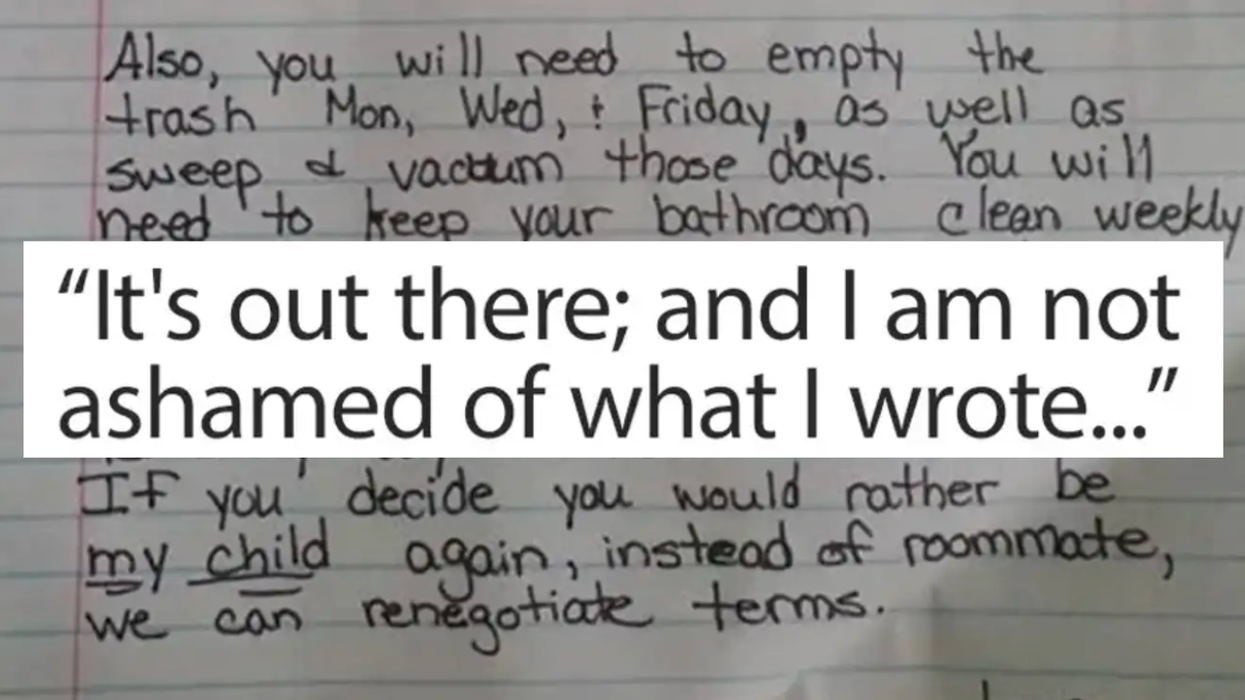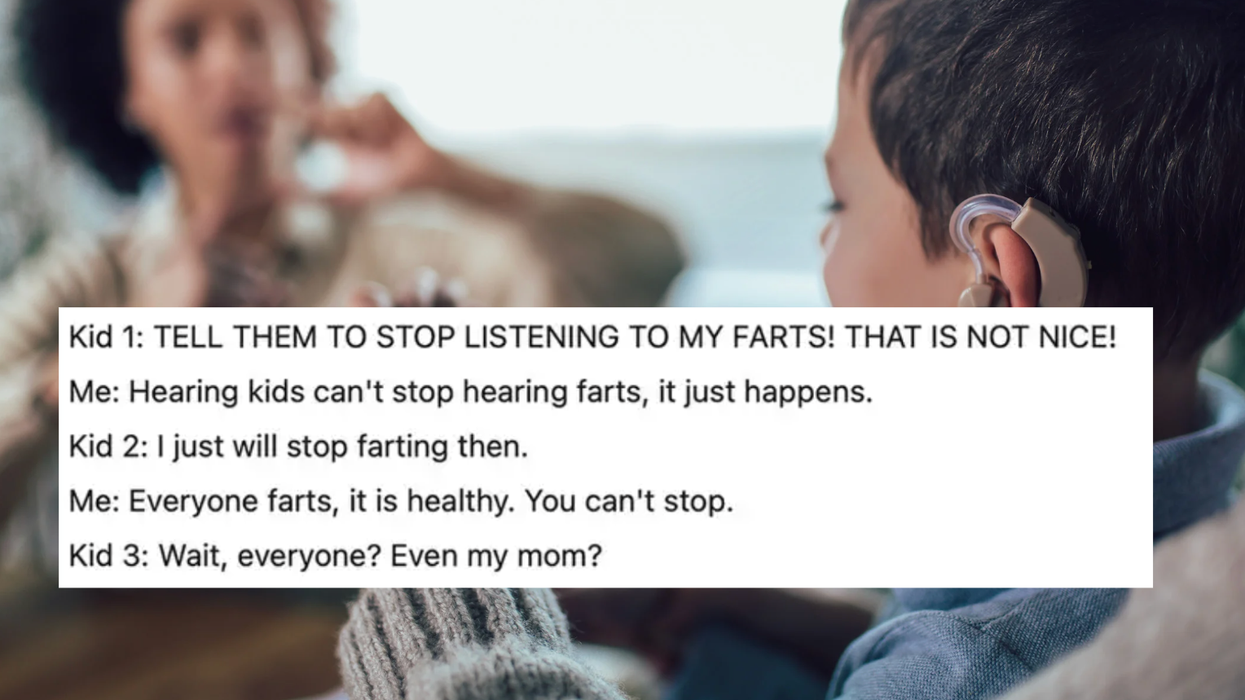When I started teaching movie-making to kids on the margins of society, I had dreamed of a place like the favela of Arruda: a slum in the midst of a gang war, where I could help children denounce injustice. For the previous two weeks, fifteen kids, my wife, and I had been struggling to write a script "to tell the truth about our community" as one of the young filmmakers put it. Finally, we worked out the climax: One of the main characters would be shot because he was in debt to the crackhouse. The scene was dramatic, it would make for powerful film… but it didn't feel quite right.
"All of you have told us stories of friends who've been shot," my wife said. "But none of them had a debt. None of them were in the drug trade. It was all stray bullets. So why should we tell a story where in which the victim is guilty?"
The answer revealed an important lesson about how to survive in a world of random violence. "The victims are addicts and dealers," people told themselves. "I am not. Ergo, I will not be a victim." This logic—even if they knew the first premise to be false—gave them courage to leave the house each morning. Unfortunately, the argument justified the continued power of the gangs who controlled the favela.
The young filmmakers weren't the only ones who had fallen into a trap. In my search for an exciting story about violence, I had too. The favela is full of stories, of laughter and dancing, of mothers lecturing their kids on how to lead a good life and of young men starting small businesses. Why did I gravitate towards a story about murder?
Of the millions of true stories about the favela, we only want to see one kind. Film festival and TV audiences know that images of the favela must be violent—gangs need stories of victims who deserved to be murdered. Horribly, we provide these stories for them. Though we often think of news and documentaries as virtuous things to watch, when little pieces of truth stand in for a much more complex reality, little truths often function to tell powerful lies.
Last week, here in a little Indian town way up the Amazon River: Mayra's natural talent for storytelling overflowed when the camera turned to her, describing a werewolf in search of a cave behind a waterfall and a monster without a mouth that had swallowed a candle defending the cavern. Half a dozen animal spirits popped up to help the werewolf, but so did Jesus and an Avatar, and the whole thing was wrapped in a Tukano Indian myth that Mayra’s grandmother had told her as a bedtime story.
Don Quijote marks something wonderful in the history of literature, because the facts of his life matter not at all. As a poor minor noble who reads a lot, his story touches no one. Instead, we love Don Quijote's fantasy, the inner life that suddenly and unexpectedly spurts out into the world, making us laugh and cringe and think. I don't relate to him as an object of study, but strangely enough, as a friend.
When we think about people who really matter to us, knowing about them isn’t all that important. Coming to care for someone means learning what she wants, what he dreams, what they fear and hope for. Mayra’s wandering fantasy brings us into a relationship with her, forces us to see her as another subject, a person whose dreams and way of thinking we barely comprehend, but which we want to know better. She’s a four-year-old Indian Quijote deep in the Amazon jungle.
Read these words, then, as a polemic against cinema verité and a manifesto for a cinema quijotesco, for movies where people from the margins can put their fantasies, and not just their sad truths, onto film. Movies about violence and misery, however well-intentioned, make kids think that only those stories matter, closing down other dreams that they could have for their lives. But fantasies open up their future... and might even help the audience see a world in which they can increasingly relate to those they may have never met as friends.
Images courtesy of Allan da Silva Carvalho (4 years old), and Rita de Cácia Oenning da Silva















 Otis knew before they did.
Otis knew before they did.